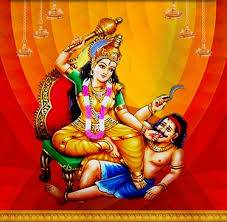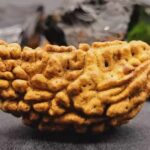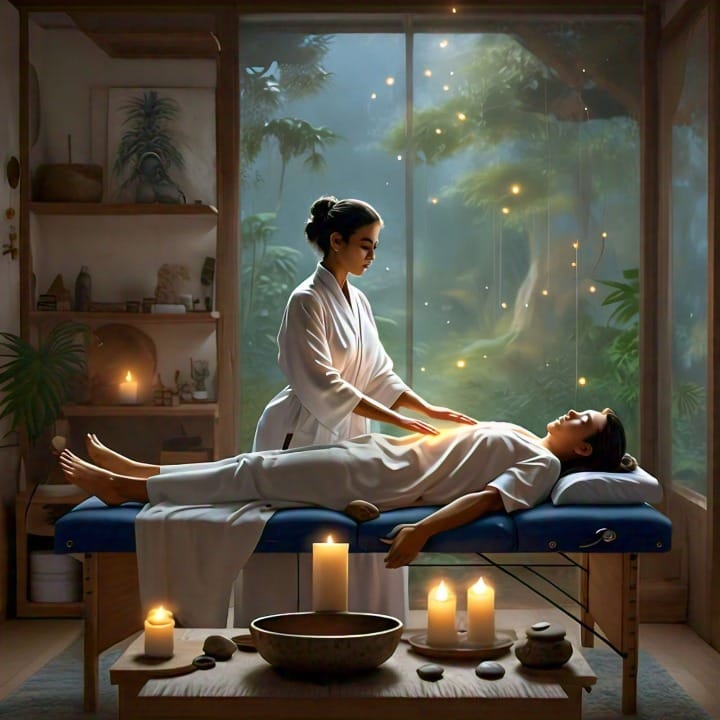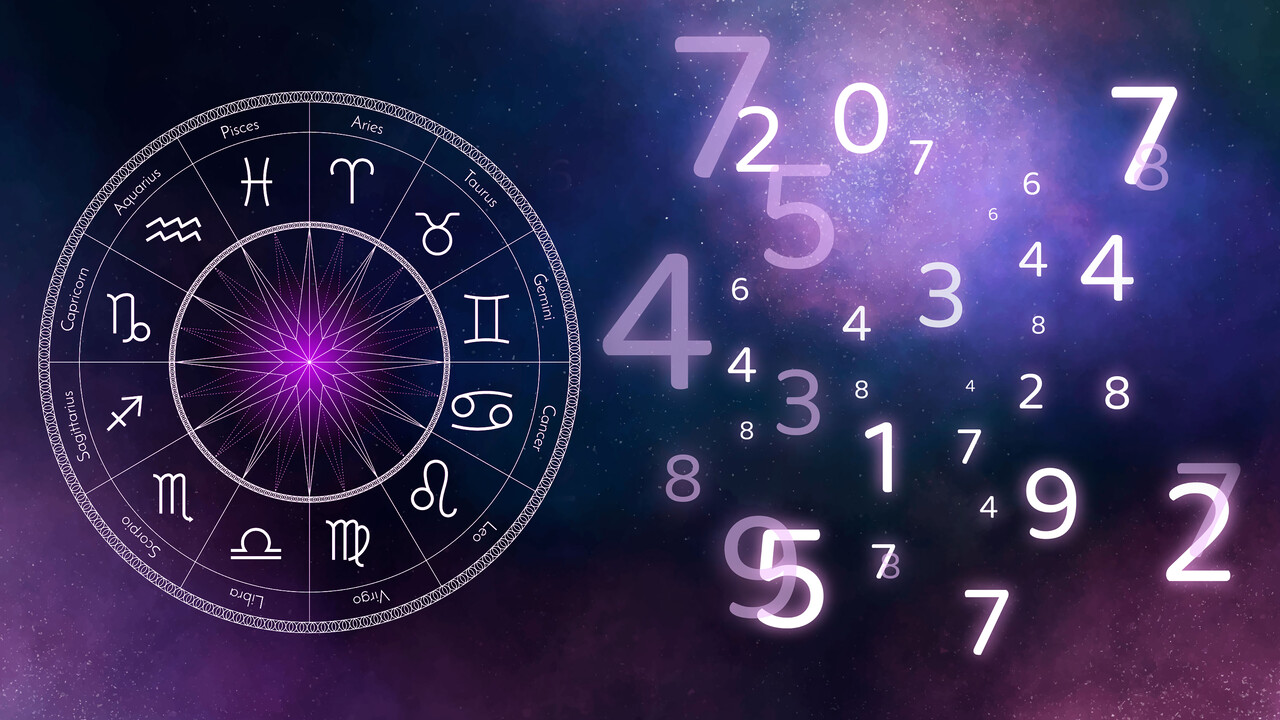 Reiki is an ancient Japanese healing therapy that promotes physical, emotional, and spiritual well-being by channeling universal life energy. The method, established by Dr Mikao Usui in the early twentieth century, is based on the concept that “Ki” (life force energy) circulates through all living organisms.
Reiki is an ancient Japanese healing therapy that promotes physical, emotional, and spiritual well-being by channeling universal life energy. The method, established by Dr Mikao Usui in the early twentieth century, is based on the concept that “Ki” (life force energy) circulates through all living organisms.
When this energy is blocked or imbalanced, people may get unwell, stressed, or have emotional troubles. Reiki seeks to re-establish energy flow, allowing the body to repair itself naturally.
Origin and Philosophy of Reiki
Reiki is a combination of two Japanese words: “rei,” which means global or divine wisdom, and “ki,” which means vital life force. Reiki means “spiritually guided life force energy.” Dr. Usui, the originator of Reiki, rediscovered this healing approach during a spiritual journey in the 1920s, following years of studying ancient writings, Buddhist teachings, and energy healing techniques.
The core idea of Reiki is that life force energy flows through us and keeps us alive. When this energy is high and balanced, we feel healthy, calm, and energized. When our energy is depleted or obstructed, we may become unwell, stressed, or emotionally disturbed. Reiki promotes the flow of energy while balancing the mind, body, and soul.
Five Reiki Principles
Dr. Usui emphasized the importance of following five principles for both Reiki practitioners and individuals receiving Reiki treatments. These principles aim to steer people towards a life of harmony, awareness, and emotional balance. They are:
1. I will not worry today.
2. I won’t be furious today.
3. Just for today, I’ll be thankful.
4. Only for today, I shall complete my task honestly.
5. Today, I will be nice to all living things.
By adhering to these principles, Reiki practitioners and recipients are urged to focus on the present now, let go of negative emotions, and live a balanced, compassionate life.
How Reiki Works
Reiki is a non-invasive hands-on healing technique. During a session, the practitioner directs universal life energy into the recipient’s body, removing blocks and restoring equilibrium. The practitioner places their hands on or slightly above the recipient’s body in a variety of positions, usually focusing on the seven chakras (energy centres) that correspond to different elements of physical and mental wellness.
The energy travels spontaneously to the places that require healing, guided by the practitioner’s intuition and the recipient’s energetic field. The procedure is gentle and non-invasive, requiring no manipulation of the body, making it appropriate for people of all ages and health problems.
What to expect during a Reiki session
A Reiki session normally lasts 30 to 60 minutes. The receiver lies fully clothed on a comfortable bed or sits in a chair, while the practitioner softly moves their hands over or near the body. The session is held in a quiet, peaceful setting, usually with soothing music, dark lighting, and a calming atmosphere to help the recipient relax.
Many people feel deeply relaxed during a Reiki session. Some people express feelings of warmth, tingling, or a gentle flow of energy, while others experience emotional release or clarity. While the outcome varies, most people leave a session feeling refreshed, calm, and more balanced.
Benefits of Reiki Healing
Reiki treatment provides several benefits that go beyond the physical body. It takes a comprehensive approach to wellbeing that addresses physical, emotional, and spiritual issues. Some of the primary benefits of Reiki are:
1. Tension Reduction: Reiki is extremely good at promoting relaxation and relieving tension. It relaxes the neurological system, allowing the body to enter a condition of rest and restoration, which is necessary for healing.
2. Pain Relief: Many Reiki recipients report less pain, especially from chronic diseases like arthritis, migraines, or muscular tension. The energy flow helps to clear blocked regions, encouraging physical healing and pain relief.
3. Emotional Balance: Reiki promotes emotional healing by releasing buried feelings and trauma. It helps to dissolve emotional blockages, resulting in clarity, peace, and inner quiet. This is especially beneficial for anyone coping with anxiety, despair, or sorrow.
4. Spiritual Growth: Reiki promotes spiritual awareness and connection. Clearing the energy pathways enables for greater alignment with one’s higher self, which promotes spiritual progress and self-realization.
5. Chakra Cleansing and Balancing: Reiki operates directly on the body’s energy centers, or chakras. Each chakra governs a specific physical and emotional element of existence. By balancing these chakras, Reiki promotes total harmony, well-being, and energy.
6. Complementary Therapy: Reiki is becoming more popular in medical settings as a complementary therapy. It can be used with traditional therapies like chemotherapy, surgery, or physiotherapy to help manage side effects, shorten recovery time, and enhance general health.
Reiki & Chakras
Reiki practitioners frequently focus on the seven chakras during a session. These energy centers are supposed to affect physical, emotional, and spiritual well-being. The Chakras are:
1. Root Chakra (Muladhara): Controls survival, security, and grounding.
2. Sacral Chakra (Svadhisthana): Controls emotions, creativity, and sexuality.
3. Solar Plexus Chakra (Manipura): Controls personal power, confidence, and self-esteem.
4. Heart Chakra (Anahata): Controls love, compassion, and forgiving.
5. Throat Chakra (Vishuddha): Controls communication and self-expression.
6. Third Eye Chakra (Ajna): Controls intuition, insight, and wisdom.
7. Crown Chakra (Sahasrara): Controls spiritual connection and higher consciousness.
Thanks and Regards
Astro Ritu Bhatia

An experienced astrologer with over 7 years of expertise in guiding individuals through the wisdom of the stars. My knowledge spans both Western and Vedic astrology, Tarot, and Angel healing. I can provide personalized insights and predictions that help users navigate their personal and professional lives. I specialize in birth chart analysis, future predictions, and relationship advice. Throughout my career, I have assisted countless individuals in making informed decisions and finding clarity in their journeys. My approach is user-focused, offering clear, accurate, and compassionate guidance. I’m committed to helping others with astrology in a meaningful way, empowering them to unlock their potential and achieve their goals.










